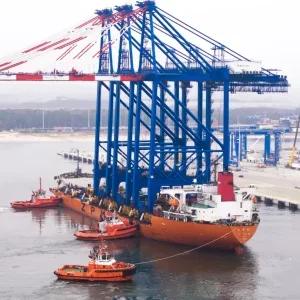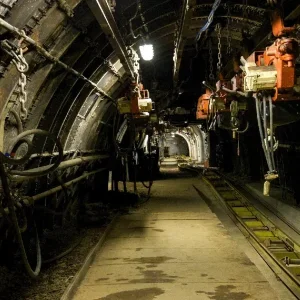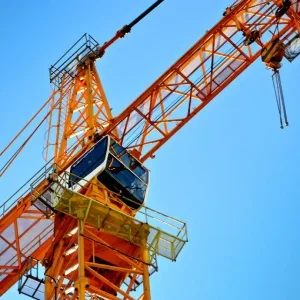It is part of a larger BSR E1.6 project for powered rigging and flying systems used in entertainment and trade show applications.
Karl Ruling, technical standards manager, ESTA, said: “Originally, the BSR E1.6 project was to be one document covering all the different ways that scenery, lighting equipment, etc are lifted and supported, but we wound up dividing it into smaller pieces to account for the different areas of interest and expertise of the people working on the project.”
As such, as one section is finished, it can be published, rather than waiting for the whole thing to be done.
BSR E1.6-2 is the part that deals with the electric chain hoists themselves – the minimal design criteria to be used in their design and manufacture, inspections, and so on.
The document is similar to parts of the existing ASME B30.16 standard for overhead hoists but with a big, important difference, said Ruling. B30.16 says that the hoists are not to be used for lifting or suspending loads over people. Ruling said: “This makes lots of sense in a factory, but lifting and suspending loads over people is exactly what we do in the entertainment industry.”
So, BSR E1.6-2, when it is finished and is called ANSI E1.6-2, will be an electric chain hoist standard that has no prohibition against using them to lift and suspend loads over people.
Another document, E1.6-3, will deal with the use of the hoists: the precautions and control systems that must be used when electric chain hoists are used to lift and suspend loads over people. E1.6-2 deals only with the hoist itself.
There are European standards that deal with the situation we are trying to address, lifting and suspending loads over people. For example, said Ruling, “look at VPLT’s SR 2.0 ‘Provision and Use of Electric Chain Hoists’ – the European standards offer good advice, but we need an American National Standard we can cite when dealing with US governmental health and safety officials.”
Additionally, he continued, “writing our own standard allows us to write one that has requirements as loose or as tight as we think is appropriate for our industry here.”
There are a lot of common entertainment industry equipment and work practices that are not covered by any standard or not by any standard that is recognised by government officials in North America. “We’re working to address the most obvious gaps in the body of standards we have available to us to help people do their jobs safely and efficiently in entertainment venues,” concludes Ruling.






